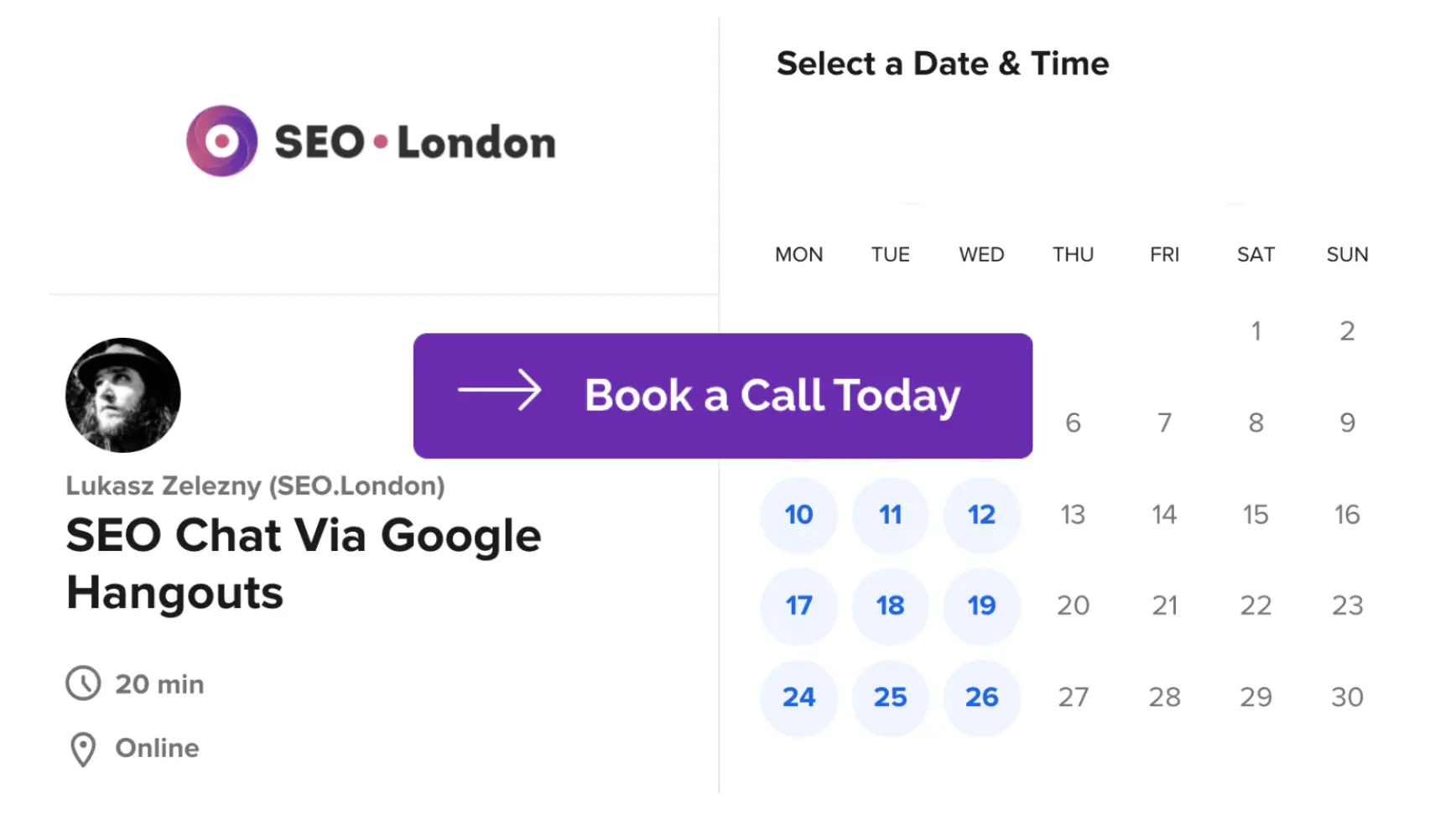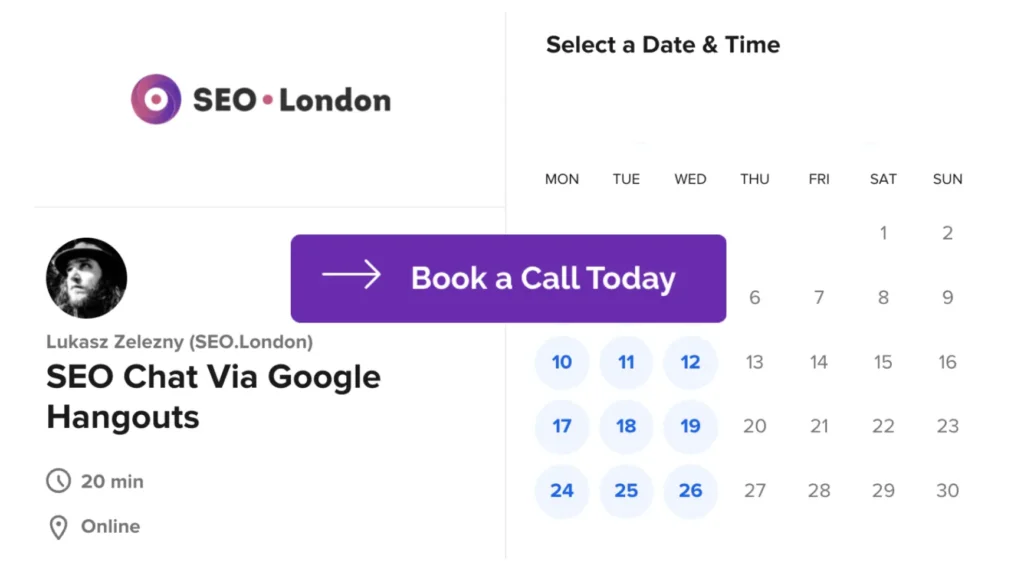What is 301 Redirect
What is 301 Redirect for an SEO Knowledge Base website?
301 redirect is a technique used in Search Engine Optimization (SEO) to permanently redirect one webpage to another. It is a server-side redirect that informs both users and search engines that the original URL has been moved permanently to a new location. This redirect method ensures that any traffic, authority, and rankings associated with the old URL are transferred to the new URL.
How does 301 Redirect work?
When a web server receives a request for a URL that has been redirected using the 301 status code, it sends a response to the client browser indicating that the page has moved permanently. This response includes the new URL to which the client\’s browser should navigate.
Search engines also receive this response and update their indexes accordingly. They transfer the rankings, backlinks, and other SEO attributes from the old URL to the new URL. This process ensures that any traffic directed to the old URL is seamlessly redirected to the new URL, preserving user experience and maintaining organic search visibility.
Increase your online presence with Lukasz Zelezny, an SEO Consultant with over 20 years experience — schedule a meeting now.

Why is 301 Redirect important for SEO?
301 redirects are crucial for SEO because they help maintain the website\’s authority, reputation, and ranking in search engine results pages (SERPs). By redirecting outdated or obsolete URLs to relevant and current webpages, you ensure that users can find the most relevant content, preventing them from encountering broken links and dead ends.
Moreover, 301 redirects play a vital role in consolidating link equity or \”link juice.\” Link equity refers to the value and authority passed from one page to another through hyperlinks. When a webpage with valuable backlinks or high search engine rankings is redirected, the link equity associated with that page is transferred to the new URL. This preserves organic rankings and prevents loss of traffic and visibility.
When should you use 301 Redirects?
301 redirects are used in several scenarios, including:
1. When restructuring your website: If you decide to change your website\’s URL structure or move content to new URLs, implementing 301 redirects ensures that users and search engines can still access the new content seamlessly.
2. When merging websites: In cases of website mergers or acquisitions, redirecting the old URLs to the relevant pages on the new website helps maintain traffic and rankings.
3. When migrating to a new domain: When changing your website\’s domain, implementing 301 redirects from the old URLs to the corresponding pages on the new domain helps preserve search engine rankings and ensure a smooth transition for users.
4. When dealing with HTTP to HTTPS migration: If you decide to switch your website from HTTP to the more secure HTTPS protocol, 301 redirects should be implemented to redirect all HTTP URLs to their HTTPS counterparts, maintaining SEO value and preventing duplicate content issues.
Get More Customers Online with Lukasz Zelezny, an SEO Consultant with over 20 years experience — schedule a meeting now.

Best Practices for Implementing 301 Redirects
To ensure the effectiveness and efficiency of your 301 redirects, follow these best practices:
1. Use 301 redirects instead of other types: Implementing a 301 redirect (as opposed to a temporary redirect, such as a 302) ensures that search engines understand the redirect is permanent, and they should transfer the necessary SEO attributes to the new URL.
What to ask an SEO Consultant
2. Redirect to the most relevant page: When redirecting a URL, ensure that the new destination page is the most relevant and similar to the content of the old URL. This maintains user experience and helps preserve organic rankings.
3. Set up individual redirects: Avoid redirecting multiple old URLs to a single new URL. Instead, create individual redirects for each old URL, directing them to their most relevant new destination. This prevents the loss of specific page rankings and ensures a better user experience.
4. Update internal links: After implementing 301 redirects, ensure that internal links within your website also point to the new URLs. This helps search engines and users discover the new content and prevents confusion or broken links.
5. Monitor and update redirects: Regularly monitor your website\’s redirects and update them as needed. Over time, URLs may change or become outdated, and maintaining updated 301 redirects ensures a smooth user experience and preserves SEO value.
By understanding and effectively implementing 301 redirects, you can ensure the seamless transfer of traffic, authority, and rankings from old URLs to new ones, contributing to the success of your SEO efforts and user satisfaction.



